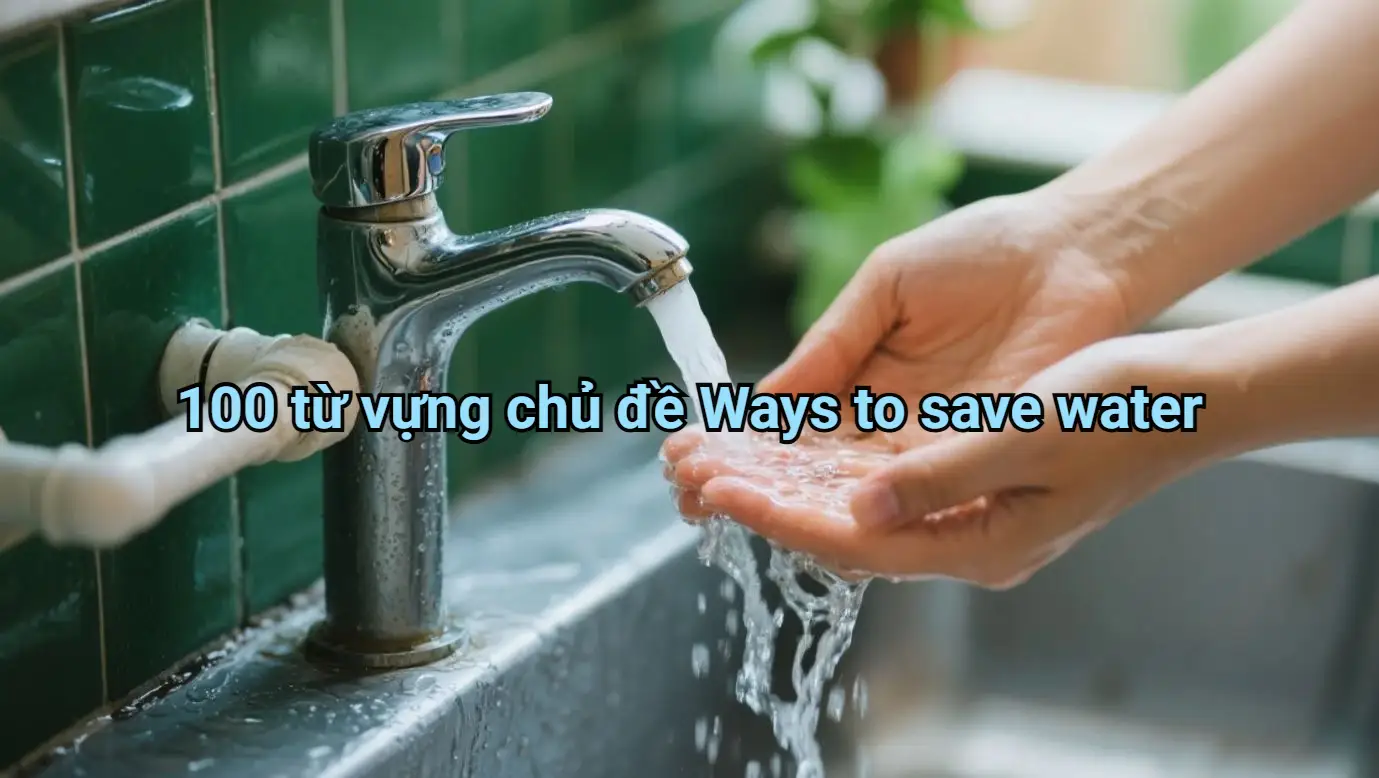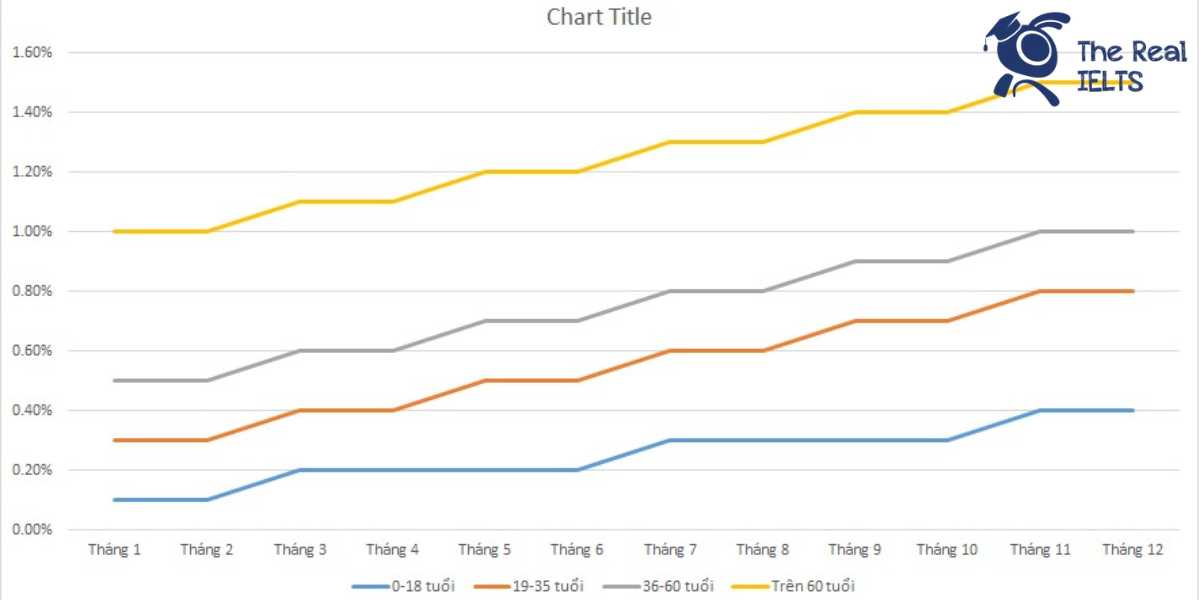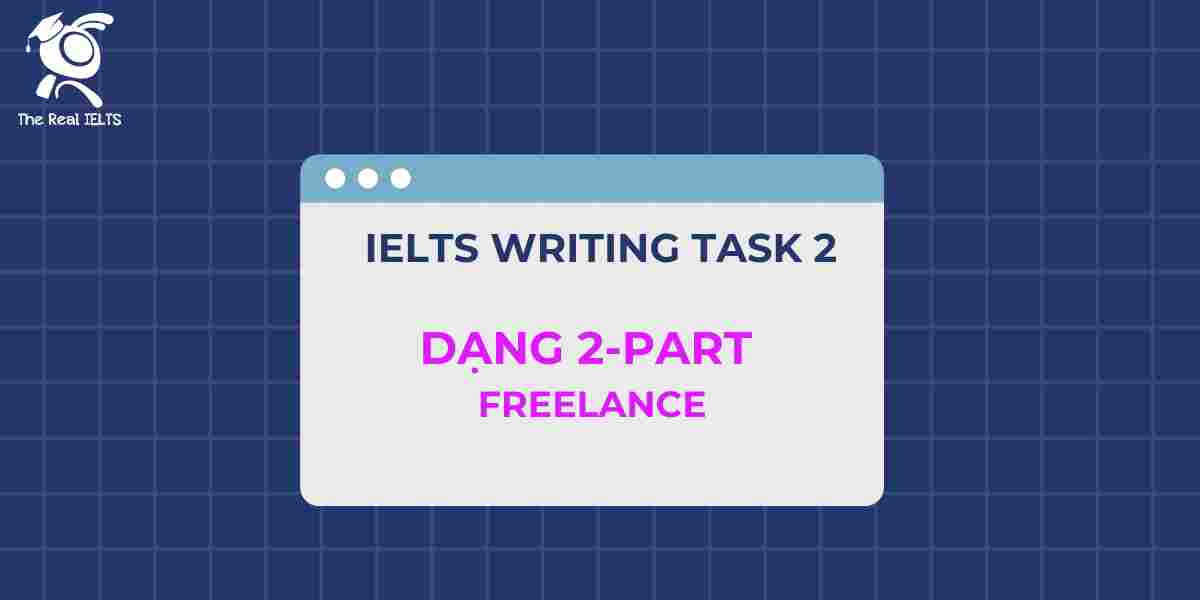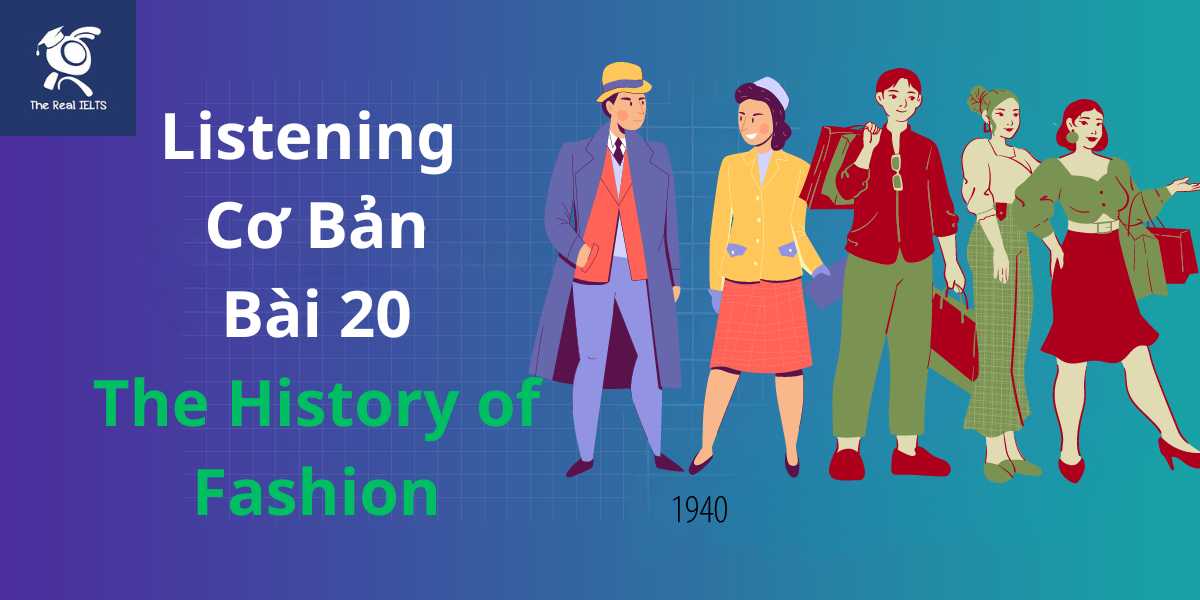Luyện tập IELTS Reading ngày 30 có chủ đề: The Future of Transportation: Electric Cars and Hyperloops. Bài này thuộc chuỗi IELTS Reading: 30 chủ đề luyện tập. Mỗi bài này luyện tập khoảng 30 phút.
Học lại bài cũ: IELTS READING Day 29: Cultural Heritage and the Role of UNESCO.
Đọc bài IELTS Reading và trả lời câu hỏi ở bên dưới
In recent years, transportation has undergone a significant transformation due to advances in technology. The future of transportation is being shaped by two key innovations: electric cars and hyperloops. Both technologies promise to reduce environmental impact, enhance efficiency, and offer faster, more sustainable ways of moving people and goods.
Electric Cars: Revolutionizing Personal Transport
Electric cars, powered by electricity rather than traditional internal combustion engines, are becoming an increasingly common sight on the roads. This shift is largely driven by concerns over climate change and air pollution. Unlike conventional vehicles that rely on gasoline or diesel, electric cars are powered by rechargeable batteries, which significantly reduce the emission of harmful greenhouse gases.
One of the most significant advantages of electric vehicles (EVs) is their lower environmental footprint. EVs emit no exhaust fumes, making them a cleaner alternative to petrol-powered cars. Additionally, with advancements in battery technology, electric cars are becoming more efficient, with longer ranges and faster charging times.
Governments worldwide are encouraging the adoption of electric vehicles through incentives such as tax breaks and subsidies. Moreover, car manufacturers are investing heavily in the development of new EV models, with some even planning to phase out the production of petrol and diesel cars entirely by the next decade.
However, challenges remain. The availability of charging infrastructure is still limited in many regions, making long-distance travel less convenient. Furthermore, the environmental impact of producing and disposing of large batteries is a concern, as is the reliance on rare earth materials used in these batteries.
Hyperloops: Redefining Long-Distance Travel
While electric cars are transforming personal transportation, hyperloop systems are poised to revolutionize long-distance travel. A hyperloop is a proposed mode of transportation in which passengers travel in pods through vacuum tubes at extremely high speeds, potentially exceeding 700 miles per hour. The concept was first popularized by Elon Musk in 2013, and several companies are now working to bring the idea to reality.
The primary benefit of the hyperloop is its speed. A trip between cities that currently takes several hours by car or train could be reduced to a matter of minutes. For example, a journey from Los Angeles to San Francisco, which typically takes around six hours by car, could be completed in just 30 minutes via a hyperloop. This would drastically reduce travel time, making it easier for people to commute long distances or travel between cities for work and leisure.
Hyperloops are also expected to be energy-efficient and environmentally friendly. The system would be powered by renewable energy, such as solar or wind, and the vacuum tubes would eliminate air resistance, reducing the energy needed to propel the pods. Additionally, since hyperloops would operate autonomously, there would be less risk of human error, making the system safer than traditional forms of transport.
Despite these advantages, hyperloops face significant technical and regulatory hurdles. Building the necessary infrastructure would require substantial investment, and the technology is still in the early stages of development. Moreover, safety concerns must be addressed, as traveling at such high speeds in confined spaces poses unique challenges.
The Road Ahead
Both electric cars and hyperloops offer exciting glimpses into the future of transportation. Electric vehicles are already beginning to replace traditional cars, and their continued development will likely lead to even greater environmental benefits. Hyperloops, on the other hand, represent a more radical shift in how we think about travel, with the potential to change the way we move between cities.
As these technologies evolve, they will undoubtedly shape the future of transportation, offering faster, cleaner, and more efficient ways to get from one place to another.
Từ vựng
- Transportation – Giao thông vận tải
- Innovation – Sự đổi mới
- Efficiency – Hiệu suất
- Sustainable – Bền vững
- Electric cars – Ô tô điện
- Internal combustion engines – Động cơ đốt trong
- Climate change – Biến đổi khí hậu
- Air pollution – Ô nhiễm không khí
- Rechargeable batteries – Pin có thể sạc lại
- Greenhouse gases – Khí nhà kính
- Environmental footprint – Dấu chân môi trường (tác động môi trường)
- Exhaust fumes – Khí thải
- Battery technology – Công nghệ pin
- Incentives – Ưu đãi
- Subsidies – Trợ cấp
- Infrastructure – Cơ sở hạ tầng
- Rare earth materials – Vật liệu đất hiếm
- Hyperloop systems – Hệ thống Hyperloop
- Pods – Khoang (phương tiện)
- Vacuum tubes – Ống chân không
- Renewable energy – Năng lượng tái tạo
- Solar or wind – Năng lượng mặt trời hoặc gió
- Air resistance – Sức cản không khí
- Autonomously – Tự động (không cần con người điều khiển)
- Regulatory hurdles – Rào cản pháp lý
- Substantial investment – Đầu tư lớn
- Safety concerns – Quan ngại về an toàn
- Confined spaces – Không gian kín
Câu hỏi IELTS Reading
IELTS Reading Questions:
Question 1-5: True/False/Not Given
- Electric cars produce zero emissions.
- Most governments are discouraging the use of electric vehicles.
- Hyperloops were first conceptualized by Elon Musk.
- Hyperloops can travel at speeds exceeding 700 miles per hour.
- Hyperloop systems are already widely used in several countries.
Question 6-10: Matching Information
Match the following features with the correct transportation method (Electric Cars or Hyperloops).
A. Travel time between cities drastically reduced
B. Powered by rechargeable batteries
C. Does not produce exhaust fumes
D. Operates autonomously to reduce human error
E. Requires substantial investment for infrastructure
Question 11-13: Short Answer Questions
- What type of energy would hyperloops likely rely on?
- What is one concern related to the production of electric vehicle batteries?
- How long might it take to travel from Los Angeles to San Francisco using a hyperloop?
Đáp án IELTS Reading
Question 1-5: True/False/Not Given
- Electric cars produce zero emissions.
→ False (Electric cars do not produce exhaust fumes, but there are emissions associated with their production and battery disposal). - Most governments are discouraging the use of electric vehicles.
→ False (The passage states that governments are encouraging the use of electric vehicles through incentives and subsidies). - Hyperloops were first conceptualized by Elon Musk.
→ True (The passage mentions that Elon Musk popularized the concept of the hyperloop in 2013). - Hyperloops can travel at speeds exceeding 700 miles per hour.
→ True (The passage states that hyperloops could potentially exceed 700 miles per hour). - Hyperloop systems are already widely used in several countries.
→ False (The passage mentions that hyperloop technology is still in the early stages of development).
Question 6-10: Matching Information
A. Travel time between cities drastically reduced
→ Hyperloops
B. Powered by rechargeable batteries
→ Electric Cars
C. Does not produce exhaust fumes
→ Electric Cars
D. Operates autonomously to reduce human error
→ Hyperloops
E. Requires substantial investment for infrastructure
→ Hyperloops
Question 11-13: Short Answer Questions
- What type of energy would hyperloops likely rely on?
→ Renewable energy (such as solar or wind) - What is one concern related to the production of electric vehicle batteries?
→ The reliance on rare earth materials and the environmental impact of battery production and disposal. - How long might it take to travel from Los Angeles to San Francisco using a hyperloop?
→ 30 minutes















